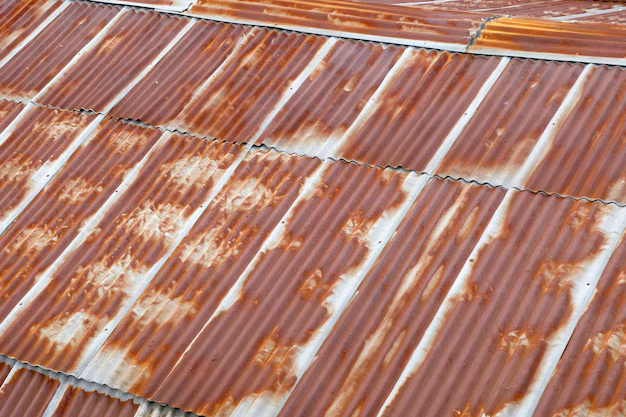Understanding Roofing Shingles: What You Need to Know
If you've ever taken a stroll down a suburban street or admired the sloped roofs of countryside homes, you've likely seen shingles at work. But what exactly are shingles on a roof and why are they so important? Roofing shingles are the backbone of most homes' exteriors, providing not just aesthetic appeal but also essential protection against the elements.
What Are Roofing Shingles?
Roofing shingles are individual overlapping elements that cover the roof. They are applied in rows from the bottom edge of the roof to the top, providing a water-tight seal. Shingles are made from a variety of materials including asphalt, wood, slate, metal, and sometimes composites. Among these, asphalt shingles are the most popular due to their cost-effectiveness, ease of installation, and durability.
Types of Roofing Shingles
- Asphalt Shingles: The most common type, known for being economical and easy to install.
- Wood Shingles: Offer a classic, natural look but require more maintenance.
- Slate Shingles: Highly durable and can last for a century, though they are more expensive.
- Metal Shingles: Lightweight yet durable, excellent for areas prone to severe weather.
- Composite Shingles: Made from a blend of materials and designed to mimic other types.
The Advantages of Roofing Shingles
The primary function of roofing shingles is to protect your home from rain, wind, and sunlight. They act as a crucial barrier to water penetration, preventing leaks and water damage that can lead to costly repairs. Shingles also impart an aesthetic quality by adding texture and color to the home's exterior.
Another key advantage is their insulating property. Shingles help maintain indoor temperatures, reducing energy costs. This insulating capability makes shingles a smart investment for homeowners looking to save money on utilities.
Maintenance and Repairs
Much like any other part of the house, roof shingles demand regular inspection and maintenance to ensure longevity. Signs your roof may require attention include:
- Cracked, curled, or missing shingles
- Dark patches or visible leaks
- Granule loss (often visible in gutters)
Regular maintenance helps in preventing major overhauls and extends the lifespan of your roof, providing peace of mind for homeowners.
Navigating Financial Assistance and Resources
Replacing or repairing roof shingles can be costly, but financial aid can alleviate some of the burden. Homeowners should explore various aid options to make the process more manageable.
- Government Aid Programs: Several local and federal programs provide financial assistance for home repairs, especially for low-income families or those affected by natural disasters.
- Insurance Claims: Homeowner’s insurance may cover part of the costs, particularly if the damage results from an insured peril.
- Home Improvement Loans: Some banks offer low-interest loans specifically designed for home improvement projects.
- Tax Credits: Opting for energy-efficient roofing materials might make you eligible for specific tax credits.
For those seeking broader assistance beyond roofing needs, explore resources available for debt relief and educational grants, which can free up finances to invest in critical home improvements.
Financial Assistance and Support Options
- 🏠 Roofing Assistance Programs: Look into state-specific aid programs like weatherization assistance.
- 💰 Home Repair Loans: Banks and credit unions often offer tailored loans for home improvements.
- 📜 Tax Incentives: Leverage tax deductions for energy-efficient roofing upgrades.
- 🏦 Credit Card Solutions: Consider a 0% APR credit card for short-term financing of roof repairs.
- 📚 Educational Grants: Redirect saved costs from energy bills toward educational opportunities for further family benefit.
Taking care of your roof ultimately means taking care of your home’s future. Whether you're faced with urgent repairs or contemplating a preventative upgrade, understanding your options ensures you make informed, economically sound decisions.
